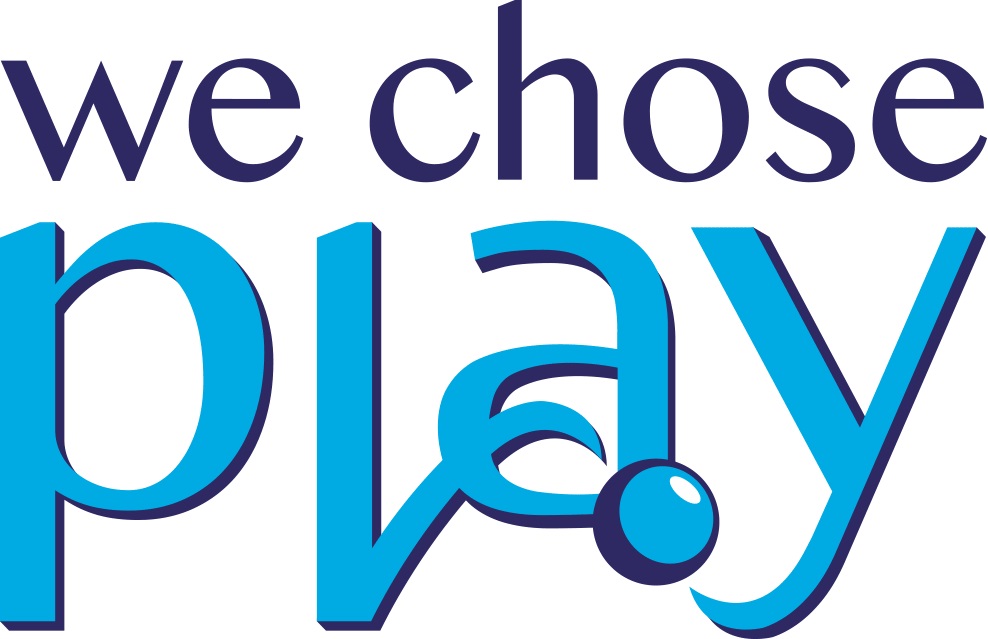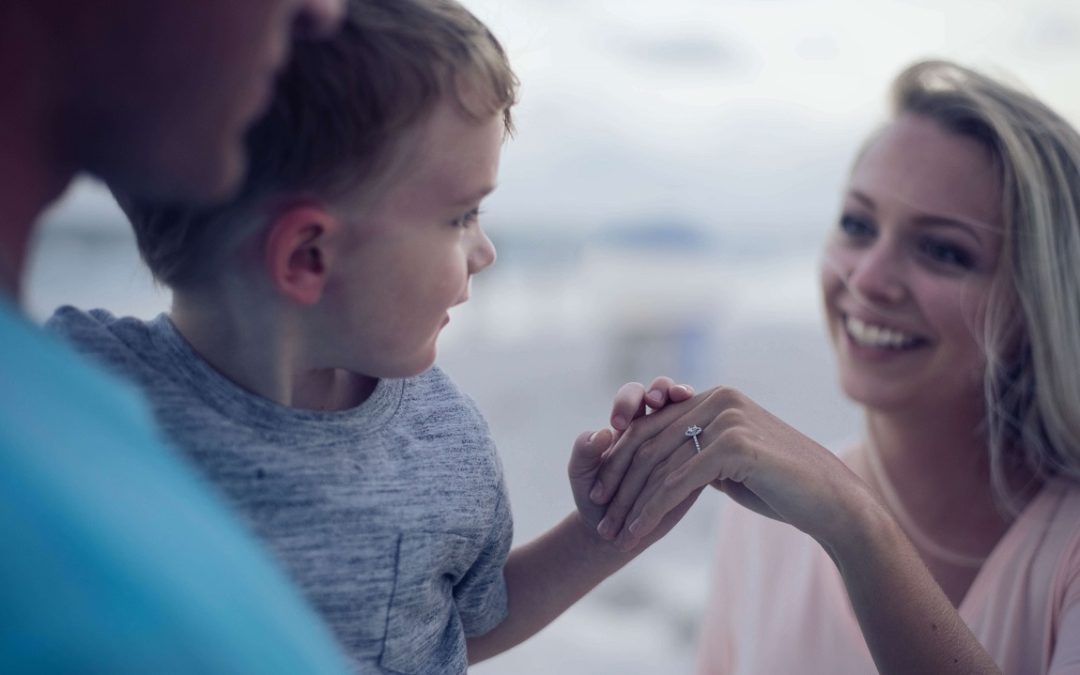Maude Le Roux returns this week to discuss Theory of Mind: what it is, why it’s important, and how to foster its development in our children with developmental differences. Maude is an occupational therapist who runs a DIR clinic called A Total Approach in Glen Mills, PA and she is also a DIR Expert Training Leader who presents around the world on DIR/Floortime and other topics that she has advanced credentials in.
Theory of Mind is Developmental
It’s easier to test the cognitive part and some tests only do that. The beauty of the Developmental, Individual differences, Relationship-based (DIR) model is that it allows us to test the emotional part. Theory of mind is really and fully grasping that your mind is something different than my own and what you are experiencing, thinking, and feeling can be different from what I am experiencing.
Scenario
It has become a game where our son will walk up and smack Dada yelling “Aow!” in order to see this reaction from his father. He follows that up with a very playful, “Dada, are you ok? Are you happy, Dada?”
Maude had told us that our son is asking those questions because he wants Dad to participate in the game again, not because he understands that he hurt Dada and understands how Dad might feel. He is not being malicious or hurtful. He just likes to see the reaction, and he is noticing that it has an effect.
Maude had suggested that Dad say “Aow!” with a lot of affect and keep our son in that moment as long as possible, in order to foster our son’s recognition of the effect he’s having on his Dad, but Dad’s not comfortable doing that.
What Dad was comfortable doing was lay on the bed with a sad state on his face for an extended period of time, saying “You hurt me” in a calm, sad voice. This made our son quite uncomfortable and so he continued to hit to try to get a reaction out of Dad. It frustrated him that Dad didn’t get worked up.
Maude featured at Affect Autism
Maude Le Roux’s new Functional Developmental Autism Assessment Protocol
Inspiring relating, communicating, and thinking at different developmental levels
Developmental growth spurts: What to expect
The Building Blocks of Motor Planning
Remediation versus Accommodation
We also previously discussed how our kids often need to practice and repeat something to figure it out. Maude says he is experimenting with what happens when he kicks his Dada, hits him, and does it harder or softer. So now what we’re doing to support his development is extending the moment so our son can be aware and can focus on that awareness, feeling what it feels like inside of his body to stay in that uncomfortable moment where Dada reacts differently and acts sad.
In that awareness comes that neurological firing of the brain of, “What do I do now? What do I do with this? Why is Dada doing this?” So now the cause and effect makes him negotiate something different. Challenging him in this way promotes his growth and development. Problem solving plays into this theory of mind piece as well. Maude says it’s important to practice this as a scaffolding ladder into theory of mind. Now he has to negotiate, “Let me try something… Let me try something. I’ll try what I tried before, but it’s not working anymore. Now what?“
Example
If parents keep with the behavioural model, they just find they have to do the same thing over and over because it doesn’t have meaning for the child.
Maude says to decide what’s going to work in this moment, consider the developmental level of the child. If you feel like you’ve messed up by scolding the child, then you go find yourself a space to collect yourself. When you come back you can say “I shouldn’t have said it that way. I’m so mad that you did that, but that’s not how I should have dealt with it.” But if they don’t understand that, show acceptance and hug them.
In that moment when they aren’t understanding you and you’re scolding them, they will only be feeling, “I’m going to lose my mommy, my mommy’s mad, somehow I have something to do with it, and I don’t know what to do.” So first, you have to repair the Relationship. You can do the words later when they’re ready to hear that. The repair tells the child they are safe, and that is what’s so important. Maude recommends Dr. Shanker’s Self-Reg book that discusses the process of ‘learning to speak limbic’ when our children are under stress.
What I Did
Well, we weren’t fast enough and our son ran and knocked down the kids’ castle. The girl building it was so upset and started crying. Dada immediately firmly stated, “That’s it! We’re going!” grabbing his hand and pulling him away, but I said, “Wait! Wait! Wait!” I picked our son up like a baby and carried him over to where the girl was crying next to the collapsed castle and said calmly with great concern, “Oh no! Look what happened! The girl is so sad! She’s crying. She’s soooo upset. She worked so hard to build that tower!”
As I spoke slowly with a comforting tone, I continued, “You didn’t mean to make her sad but she’s so sad!” He was listening to everything I was saying. I think that part of it was going in and some of him was still unaware. He responded, “I knocked it down. I want to build it again!” I squeezed him and asked, “Is there anything you want to say to her?” (rather than directing him about what to say). He said, “Sorry, girl.”
Maude's response
Maude said that I put up the hanger. I put it up and there will come a time when he will be able to take it down and assimilate it. He was trying to compartmentalize it and it didn’t fit, but he knew enough that he had to apologize. It’s that superficial first layer. He is probably understanding the cause and effect, but does he really know why he needs to be sorry? It felt so good crashing it down for him, after all.
In his experience, centralized on himself, that’s the most important thing. We’re taking that sense of self that he has accumulated and trying to turn it to what another person is thinking to invite empathy out. He has cognitive empathy. The girl is sad. But he may not feel it. It’s when you really understand it without talking that the true empathy happens. If I come back from this great vacation then I come in and you don’t look good, I can switch and change that emotion and say “Hey, what’s up?” to reach out, while suppressing my own need to share my excitement of my vacation.
Parents have the most power to create that intersubjective response–getting each other without having to talk. You’re sitting at a dinner party and someone says something and you can look at your partner with that knowing glance and know what each other is thinking. You feel and ‘get’ each other. If anyone can put that message into the child’s mind, it’s the parent. We have this power as parents.
The body drives his impulse and impulse drives his body. He was impulsive in that moment, not in his logical brain. He’s still working on that transition to the logical brain. You’re not going to get that emotional piece using a lot of words. You can say, “I know that felt good. The girl was sad. One day you will be able to not do that.” For another child you just might acknowledge what happened saying, “Hmm… so sad… girl was sad… you’re ok.” and then hug the child.
Theory of mind is a very crucial process in differentiating whether child has a diagnosis of Autism Spectrum Disorder or Sensory Processing Disorder, according to Maude. It starts to develop in the fourth functional emotional developmental capacity (FEDC) of the Developmental, Individual differences, Relationship-based (DIR) model. In the fourth FEDC, that awareness is what makes my son emerging. He’s staying and wondering what he’s feeling and wondering. You want that registration. It is an early step towards theory of mind.
Theory of mind is a process that can take a lot of time. The transition from FEDC 3 to 4 is the hard transition developmentally. With the third developmental capacity, you’re still working on that two-way communication, stretching it, using playful obstruction and simplistic problem-solving. Once you get into the fourth capacity you’re looking at abstract thinking, fantasy vs. reality, and early imaginary play. When there’s meaning behind it, that’s where level 4 is so robust. You start to abstract in 4, your ideation comes at 4, and you don’t master 4 until 60% of your ideas come from yourself.
You deepen the plot in the fifth functional emotional developmental capacity (FEDC 5). In the 4th capacity, you have all of this emotion. You have to be able to ideate about what it is you might be feeling in order to respond to that at the fourth capacity. Autistic kids have a phenomenal way of trying to figure out how to get what they want, so the parents think, “Well he is so smart, he should be able to understand” when they get frustrated about inappropriate behaviours.
Maude says not to be afraid if it takes a year, or multiple years for your child to master the fourth capacity. She’s seen it happen over and over. The biggest key is consistency rather than going from one thing to another. You might be working on something for a long time right before you see the developmental jump because children keep processing in the moment and out of the moment. When they go to the next situation, they bring that process with them, and the next situation builds on that. They still might not yet have the skill to show us what they have figured out, but in the meantime the brain is putting it together.
Be consistent with flexibility–that is, not rigidly responding the same way every time–and think about what each experience is really about for your child. What does it feel like in their body? How are they experiencing what I’m experiencing? Practice. Read stories and make those stories come to life. Buy the figures to make the stories come to life, to help make sense of emotional content. All of this is harnessing that fourth capacity.
You can ask things like “Hmm, I wonder why he’s mad?” which gets at the cognitive part of characters. Keep doing that. But more important is having the moments and doing it in the emotional moment. It’s the moment you have to seize. If the child is going through something tough, we naturally nurture. That’s the moment Maude asks us as parents to hold back a little bit and allow our children to feel it, rather than jumping in with a lot of “You’re ok“. Allow them to feel the pain so they can really understand what happened in that moment. Then you can go in and do your nurturing. Emotions are never really easy to work through.
Until next time, here’s to affecting autism through playful interactions!



